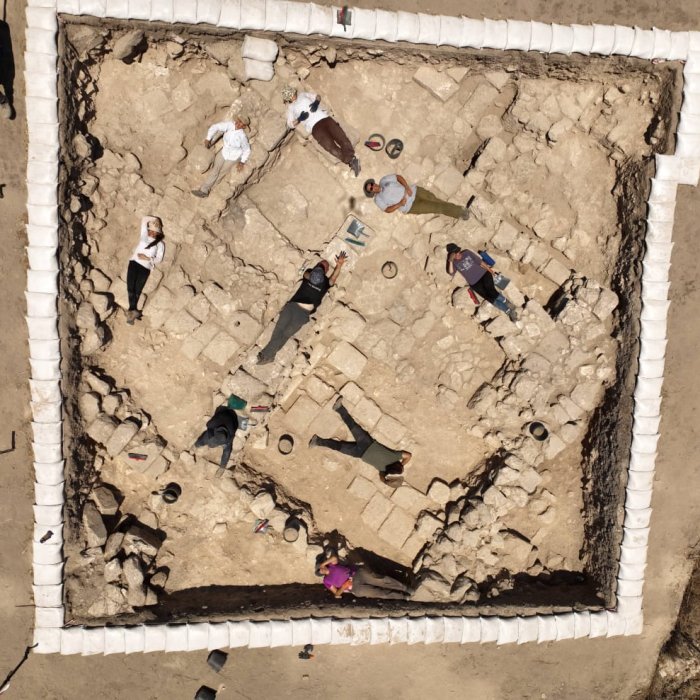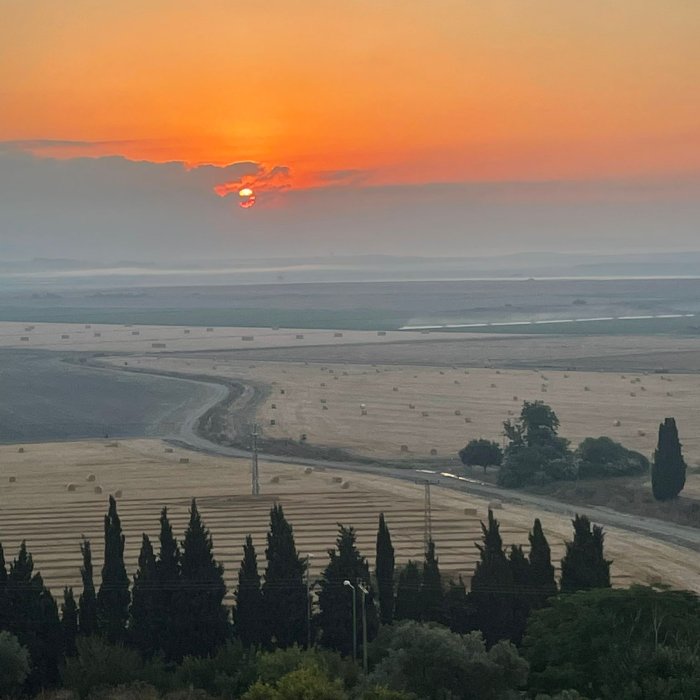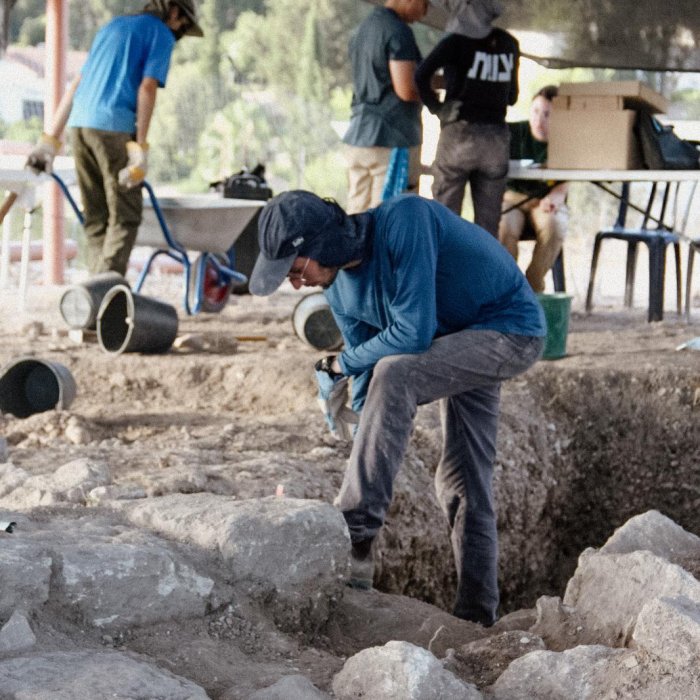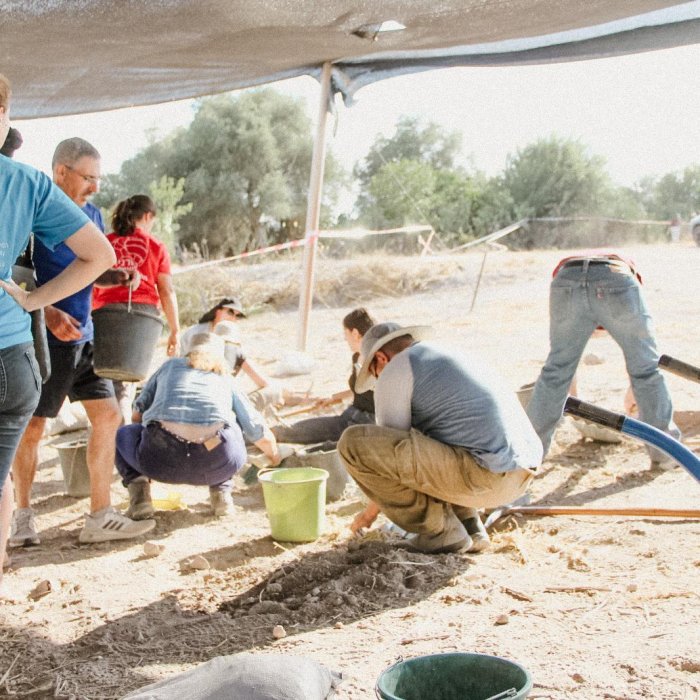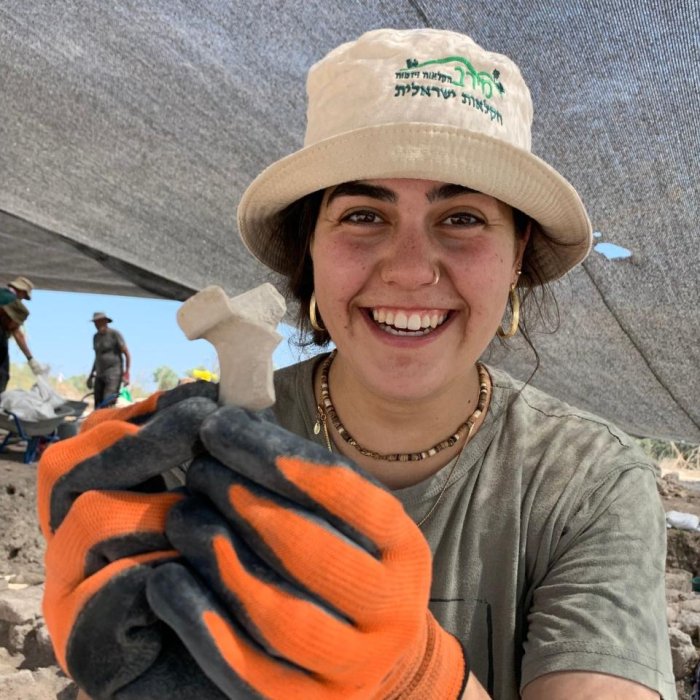בתל אבו שושה התקיימה הפוליס גבע פיליפוס, מהתקופה ההלניסטית ועד התקופה הביזנטית. ככל הנראה בפוליס זו נתן הורדוס נחלות לפרשים משוחררים מצבאו, ומכאן כינויה בחיבוריו של יוסף בן מתתיהו "גבע פרשים". נערכו בעבר סקרים, בדיקות וחפירות ארכיאולוגיות בשולי האתר, עד שבעונת 2020 החלה חפירה ארכיאולוגית של ראש התל בהובלתו של ד"ר אבנר אקר. החפירה החלה בשלושה שטחים הפזורים על ראש התל, ובעונה השנייה צומצמה לשניים שימשיכו להיחפר בעונה הקרובה. שני השטחים נמצאים בחלקו הדרום-מזרחי (C) והצפון-מערבי של התל (A). בשטח A נחפר חומר מילוי הניגש לקיר בנוי גדול שחשוף במקטע קצר של היקף התל בנקודה זו. קיר זה ככל הנראה היווה חומה או קיר תמך עבור העיר, ומטרת החפירה היא להבהיר את תפקידו ותארכו. בשטח C זוהה אזור מבונה בעל סטרטיגרפיה סבוכה, החל משכבה המתוארכת לתקופה ההלניסטית ועד שכבה המתוארכת לתקופה הביזנטית. בעונה הקרובה תמשיך החפירה במטרה להגדיר טוב יותר את המבנים שנחשפו בשכבות אלה ולדייק את תיארוכם.
In Tel Abu Shusha, the Polis Geva Philippos existed, from the Hellenistic period to the Byzantine period. Evidently in this polis, Herod had given estates to the horsemen released from his army. Hence, in the works of Josephus Flavius, it was named “Geva Parashim” or Cavalry Hill. Surveys, tests, and archaeological excavations were conducted on the edges of the site. In the 2020 season, an archaeological excavation of the head of the mound began under the leadership of Dr. Avner Aker. The excavation began in three areas scattered on the top of the mound, and in the second season, it was reduced to two that will continue to be excavated in the upcoming season. The two areas are in the southeastern (C) and northwestern part of the mound (A). In area A, fill material was excavated adjacent to small sections of a large built wall running the perimeter of the mound. This wall was probably a wall or retaining wall for the city, and the purpose of the excavation is to clarify its extent and function. In area C, a built area with a complicated stratigraphy was identified. The earliest layer found has been dated to the Hellenistic period, and the latest has been dated to the Byzantine period. The goal for the upcoming season is to continue the excavation in these areas (C and A) in order to better define the structures that were exposed in these layers and to accurately date them.

